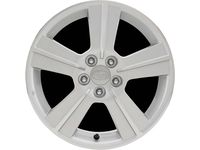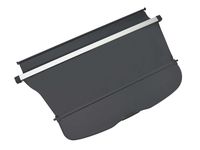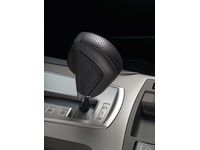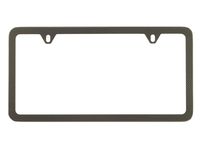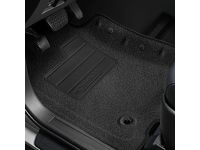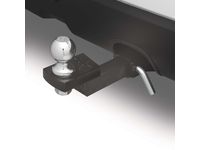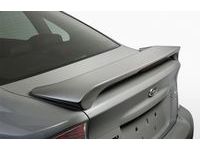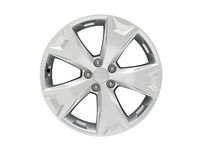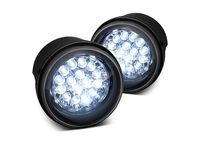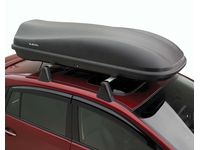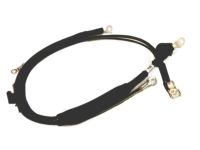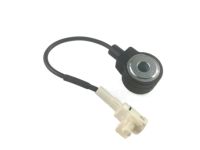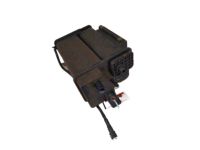- Hello
- Login or Register
- Quick Links
- Live Chat
- Track Order
- Parts Availability
- RMA
- Help Center
- Contact Us
- Shop for
- Subaru Parts
- Subaru Accessories


Why choose SubaruPartsDeal
- Quality Parts
Your Subaru Outback deserves only genuine parts from SubaruPartsDeal.com. At SubaruPartsDeal.com, our Subaru Outback parts have best-in-class performance and reliability. So, you can rest assured our parts are meant to push your vehicle to its limits.
- Fast Delivery
With a complete Subaru Outback parts catalog and a full selection of inventory, your parts are ready to be expedited anywhere in the nation without delay. There's zero risk involved when buying from us because all our auto parts are expedited directly from authorized dealers and backed by the manufacturer's warranty. For years, we've been the #1 online Subaru Outback parts store.
- Excellent Customer Service
Our outstanding customer service team is here to help you by email, live chat, or phone call with any inquiries regarding your purchase. At SubaruPartsDeal.com we have dedicated representatives who are standing by to assist you with your shopping needs.
Popular Genuine Subaru Outback Parts
- Engine Main Parts View More >
- Suspension, Axle & Brake Parts View More >
- Body, Key Kit & Bumper Parts View More >
- Engine Mounting & Cooling Parts View More >
- Body Electronics Parts View More >
- Steering System & Cable Parts View More >
- Engine Auxiliaries Parts View More >
- Engine Electronics Parts View More >
- Automatic Transmission Parts View More >
- Heater & Air Conditioner Parts View More >
- Seat & Instrument Panel Parts View More >
- Door Parts View More >
Shop Genuine Subaru Outback Parts with SubaruPartsDeal.com
The Subaru Outback, a prominent model from the Japanese automaker Subaru, was first launched in 1989 as a second-generation station wagon. Over the years, the Outback has seen several evolutions, with the first notable changes introduced in 1994. These included an optional All-Wheel Drive (AWD), compression-adjustable suspension, and additional exterior features. In the same year, a unique GT model was introduced. The second-generation Outback, rolled out in 1994, was equipped with an EJ22 engine and saw further cosmetic enhancements. A notable advertising campaign in 1995 boosted Outback sales dramatically, celebrating the model's performance, stability, and fuel economy. The third generation, introduced in 1998, brought a larger and wider design, with the EJ25 or EZ30 engine variants available from 2003. The fourth-generation Outback, debuted at the 2009 New York International Auto Show, featured a new Boxer EZ36 engine and a redesigned body. The 2013 model included Subaru's advanced EyeSight driver assistance system and the FB25 engine. The latest, sixth-generation Outback, introduced as a concept car in 2013, emphasized the fusion of car and sports car benefits, striving to further uphold the reputable Outback legacy established since 1995.
Influenced by the Subaru Legacy's design, the Subaru Outback may inherit some of its predecessor's issues, hence the necessity to understand how to diagnose and resolve common problems. A frequent complaint by Outback owners on CarComplaints.com concerns excessive oil consumption and hesitant acceleration. These symptoms become more noticeable with mileage and include difficulty in starting, loss of power, decreased gas mileage, rough running engine, engine knocking, and intermittent Check Engine Light. If you notice these signs, it's advisable to inspect the timing cover and air filter. Another issue involves failures in the suspension and steering systems, evident through abnormal tire wear, grinding or roaring noises from the tire area, a vibrating steering wheel, and additional play in the wheels, often due to a faulty wheel bearing. Difficulty in steering and rapidly lowering fluid levels could indicate a damaged power steering hose. As the Outback consists of many components, maintaining it requires vigilance, particularly for vulnerable parts like the wiper blade, which operates in adverse weather conditions. Regular maintenance of headlights, fog lights, and electrical parts like the power window switch and door jamb switch is also essential.
In terms of quality and longevity, OEM parts are top-tier. This is because they are made according to Subaru's demanding factory specifications and go through strict quality control. We provide a wide range of Subaru Outback parts, including Inner Accessories, Manual Transmission at the best prices possible. If you need Subaru Outback parts, such as Outer Accessories, Differential & Propeller Shaft, you can shop with confidence on our website. All our OEM parts come with a manufacturer's warranty and are delivered to your door step with a fast delivery service.
Subaru Outback Parts Questions & Answers
- Q: How Should I Remove and Replace the Battery Cables on Subaru Outback?A: First, disconnect the negative battery cable, and then the other sides. Securely attach and tighten the cable to the solenoid or ground. Ensure the new cable reaches the battery post without stretching. Connect the cable to the positive terminal first, then the negative.
- Q: How to Remove and Install a Knock Sensor on Subaru Outback?A: Remove the engine cover (if equipped), and disconnect the cable from the negative battery terminal. On turbocharged models remove the intercooler. Disconnect the knock sensor electrical connector, note the orientation of the sensor, use a marking pen to mark the location of the sensor's pigtail on the engine block, remove the knock sensor mounting bolt, and remove the sensor. Installation is the reverse of removal. Install the sensor in its original position and tighten the knock sensor retaining bolt.
- Q: How to Replace the Canister Purge Valve,Fuel Tank Vent Valve and Vapor Canister in Subaru Outback?A: First of all, to replace the purge control solenoid valve, found under the intake manifold or on a bracket, you can disconnect the negative battery terminal and remove hoses and electrical connectors before reinstallation. The EVAP canister is replaced by disconnecting and reconnecting hoses and connectors. Also, the drain filter and valve, part of the canister in newer models, follow a similar replacement process. Replacing the fuel tank pressure sensor and the vent valve involves removing the fuel tank. The pressure control solenoid valve, situated above the rear axle differential or below the EVAP canister, requires disconnection of its connector and hoses. Installation is the reverse of removal.


















































